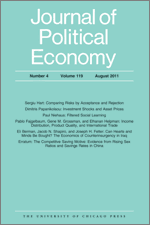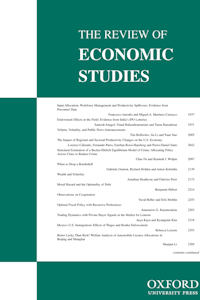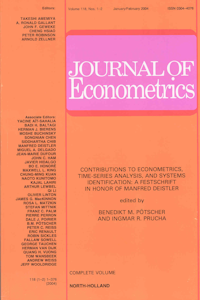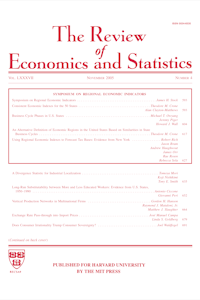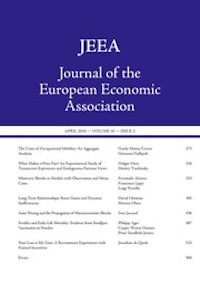
Crossley, T. F. and Low, H. W.
Is the elasticity of intertemporal substitution constant?
Journal of the European Economic Association
Vol. 9(1) pp. 87-105 (2011)
Abstract: In all common models of inter-temporal allocation, the assumption of a constant elasticity of intertemporal substitution (EIS) imposes surprising limitations on within-period budget allocations. Consequently, the constant EIS assumption can be tested with demand data. In fact, the EIS is pinned down completely by the shape of Engel curves: if the EIS is constant then the EIS can be estimated without variation in the interest rate. That a price elasticity can be estimated without variation in the relevant price illustrates just how strong the constant EIS assumption is. The constant EIS assumption is rejected by demand data
JEL Codes: D91, E21, D12
Author links:

